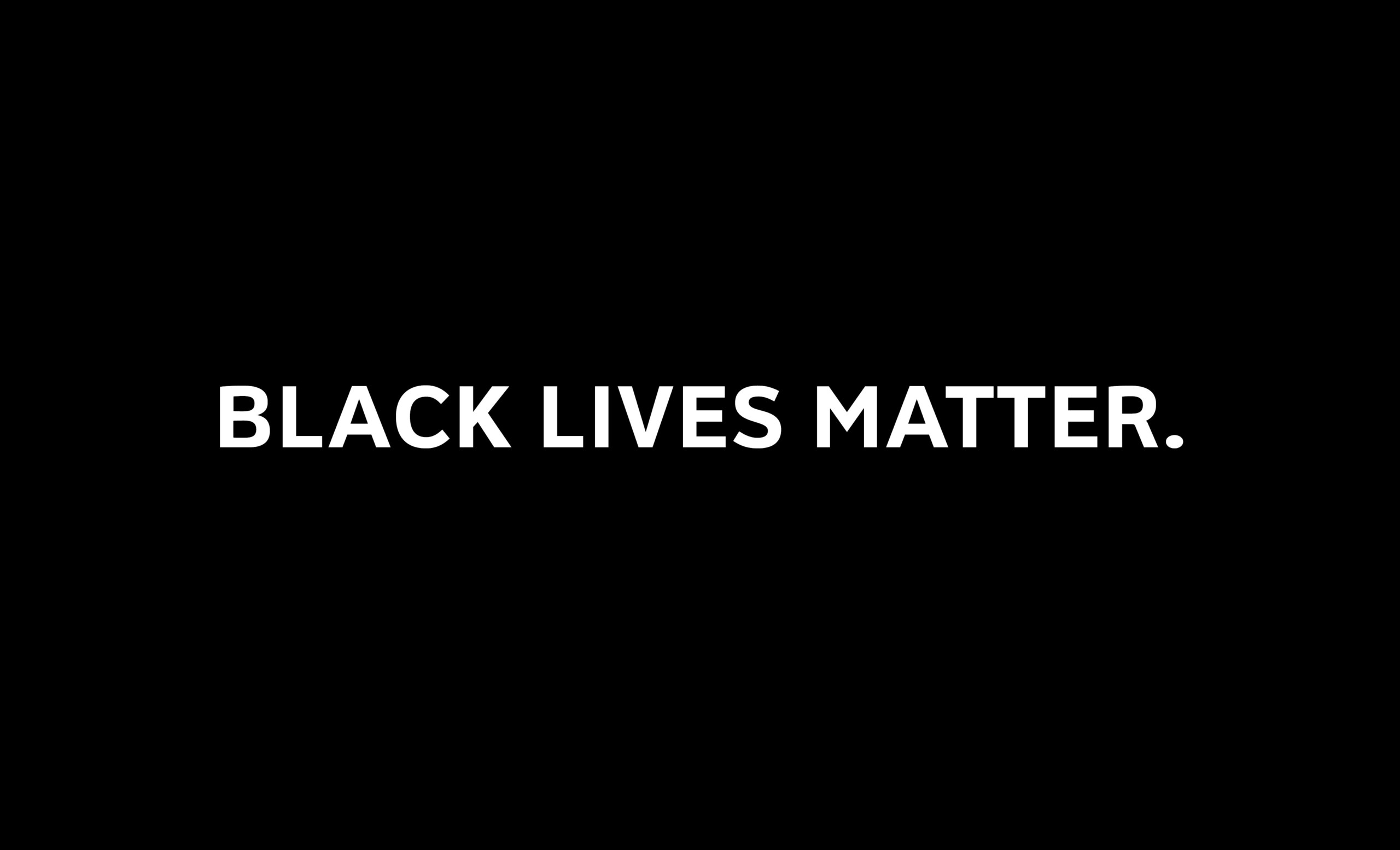This represents a statement-in-progress. We aim to refine and expand on this in our company retreat in July, translating our collective reflections into a platform for action and accountability.
Black Lives Matter. Landscape architecture and urban planning, alongside every other profession that underpins American society, is complicit in sustaining patterns of spatial practice that fall short in repairing the horrific injustices of slavery experienced over generations and its legacy in ongoing police violence. Last week, America’s long history of power and control, and of “turning the other way” became acute and brutally apparent with the murder of yet another black person, George Floyd, while in police custody. To New Yorkers, this story was disturbingly familiar, as Eric Garner was placed in a fatal chokehold by police in 2014, and in the interim numerous black Americans have been killed by police. Their names are below.
Eric Garner, John Crawford III, Michael Brown, Ezell Ford, Dante Parker, Michelle Cusseaux, Laquan McDonald, George Mann, Tanisha Anderson, Akai Gurley, Tamir Rice, Rumain Brisbon, Jerame Reid, Matthew Ajibade, Frank Smart, Natasha McKenna, Tony Robinson, Anthony Hill, Mya Hall, Phillip White, Eric Harris, Walter Scott, William Chapman II, Alexia Christina, Brendon Glenn, Victor Manuel Larosa, Jonathan Sanders, Freddie Blue, Joseph Mann, Salvado Ellswood, Sandra Bland, Albert Joseph Davis, Darrius Stewart, Billy Ray Davis, Samuel Dubose, Michael Sabbie, Brian Keith Day, Christian Taylor, Troy Robinson, Asshams Pharaoh Manley, Felix Kumi, Keith Harrison McLeod, Junior Prosper, Lamontez Jones, Paterson Brown, Dominic Hutchinson, Anthony Ashford, Alonzo Smith, Tyree Crawford, India Kager, La’vante Biggs, Michael Lee Marshall, Jamar Clark, Richard Perkins, Nathaniel Harris Pickett, Benni Lee Tignor, Miguel Espinal, Michael Noel, Kevin Matthews, Bettie Jones, Quintonio Legrier, Keith Childress Jr., Janet Wilson, Randy Nelson, Antronie Scott, Wendell Celestine, David Joseph, Calin Roquemore, Dyzhawn Perkins, Christopher Davis, Marco Loud, Peter Gaines, Torrey Robinson, Darius Robinson, Kevin Hicks, Mary Tuxillo, Demarcus Semer, Willie Tillman, Terrill Thomas, Sylville Smith, Alton Sterling, Philando Castile, Terence Crutcher, Paul O’Neal, Alteria Woods, Jordan Edwards, Aaron Bailey, Ronell Foster, Stephon Clark, Antwon Rose II, Botham Jean, Pamela Turner, Dominique Clayton, Atatiana Jefferson, Christopher Whitfield, Christopher McCorvey, Eric Reason, Michael Lorenzo Dean, Breonna Taylor, Tony McDade, Nina Pop, and George Floyd.
We stand against this racial injustice and are reflecting on how to do more and to do better within our profession. This is a moment of moral reckoning that we aspire to meet with deliberation, care, and action.
The consequences of America’s slave-owning past, and how racism manifests in the built environment and our legal system, has come to a head. Cities that we cherish and work in, from New York, New Orleans, Atlanta, Detroit, Memphis, Minneapolis, Jacksonville, to Indianapolis and San Francisco, are rising in protest. We cannot be silent. It is time to listen, reflect, and develop pathways of action and do more to unmake the systemic racism at the core of the design and construction industries. At the same time, the only source of knitting things back together is “other people” – people that we work with, worship with, live next door to, and elect.
As designers, we commit ourselves to a more broad-front civic minded form of practice that places justice and equal citizenship at its core, one that radically understands how equity intersects with the climate crisis and the destruction of the natural world. As a practice, we will look within and reflect upon our own culture, our composition, our projects, and our business methods and examine the impact of systemic racism in our work and field. We commit to a sustained conversation about equity and anti-racism, and strive to collaboratively identify short, medium, and long-term meaningful actions in our practice.
In the short term, our office worked together to develop this message, catalyzing a conversation about racism in practice. We will sustain this conversation. We are dedicating our annual retreat in July to an office-wide conversation about systemic racism’s impacts on landscape architecture, office culture, and SCAPE projects. From these conversations, we will develop actions to take at SCAPE over the medium term, to be implemented in our practice and shared in a public forum. In the long term, we will advocate for institutional change, leveraging the platform and audience we have within academia, government, and industry associations to combat systemic racism and engage a greater diversity of voices in the practice of landscape architecture. Is this enough? Unlikely, but we cannot look away. We stand in solidarity with people of color in pursuit of justice and we acknowledge that there is much work to be done.

